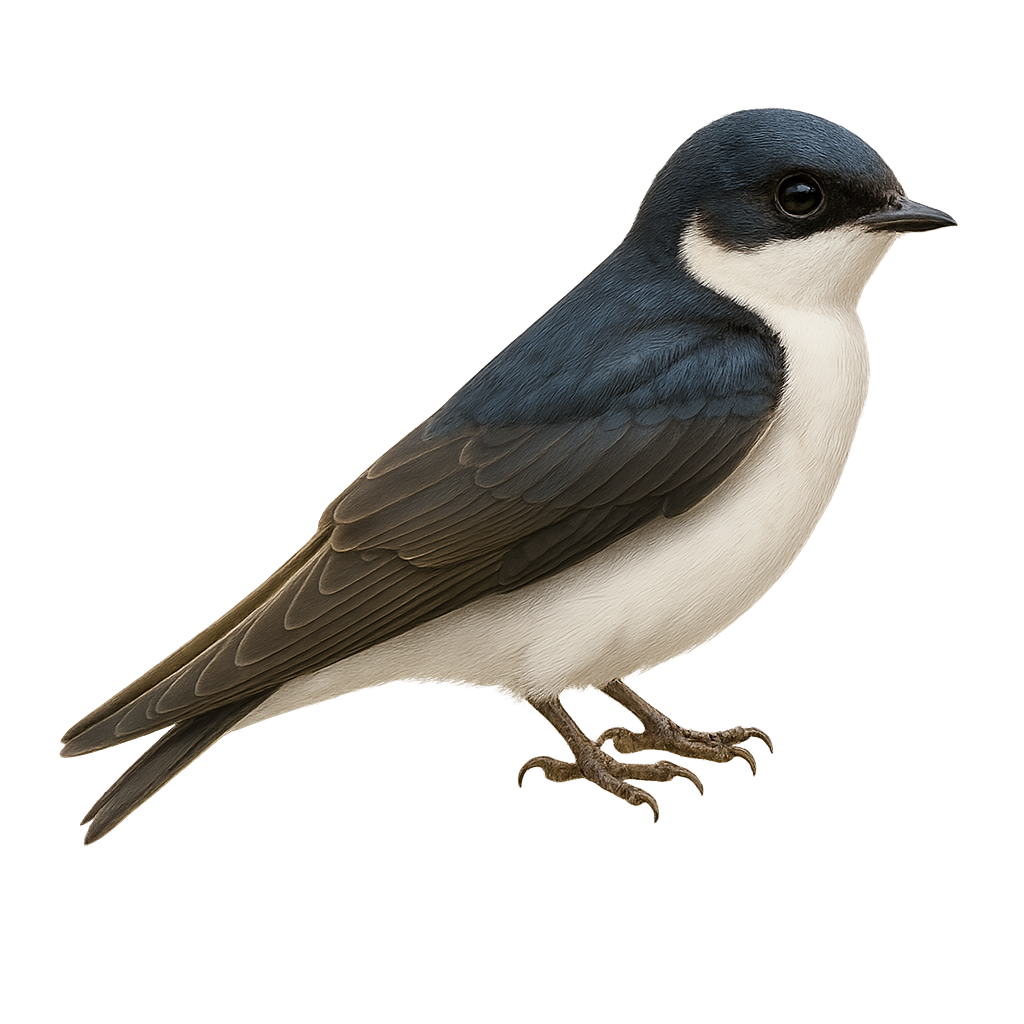Your wildlife photography guide.
Explore the white-rumped swallow in detail, study its behavior, prepare your shots.
Where to observe and photograph the white-rumped swallow in the wild
Learn where and when to spot the white-rumped swallow in the wild, how to identify the species based on distinctive features, and what natural environments it inhabits. The WildlifePhotographer app offers tailored photography tips that reflect the white-rumped swallow’s behavior, helping you capture better wildlife images. Explore the full species profile for key information including description, habitat, active periods, and approach techniques.
White-rumped Swallow
Scientific name: Tachycineta leucorrhoa

IUCN Status: Least Concern
Family: HIRUNDINIDAE
Group: Birds
Sensitivity to human approach: Tolerant
Minimum approach distance: 10 m
Courtship display: October to November
Incubation: 14-16 jours
Hatchings: October to December
Habitat:
open areas, grasslands, water edges
Activity period :
Primarily active during the day, with peak activity in the morning and late afternoon.
Identification and description:
The White-rumped Swallow, or Tachycineta leucorrhoa, is an elegant and agile bird, recognizable by its metallic blue back and white belly. It is often seen in swift flight, catching insects in mid-air. This species is widespread in South America, especially in open areas and near water bodies. It typically nests in natural or artificial cavities, such as nest boxes. Pairs are monogamous and jointly raise their young. Although its conservation status is currently stable, habitat loss could pose a future risk.
Recommended lens:
300mm – adjust based on distance, desired framing (portrait or habitat), and approach conditions.
Photography tips:
To photograph the White-rumped Swallow, it is advisable to use a lens of 300 mm or more to capture precise details of its plumage in flight. Opt for times of the day when the light is soft, such as morning or late afternoon, to avoid harsh shadows. Look for areas near water where these birds are active. Use burst mode to increase your chances of capturing quick movements. Be patient and discreet to avoid scaring them away.
The WildlifePhotographer App is coming soon!
Be the first to explore the best nature spots, track rutting seasons, log your observations, and observe more wildlife.
Already 1 432 wildlife lovers subscribed worldwide

